Towards Total Inclusion: A look back at the Inclusion Project for People with a Disability
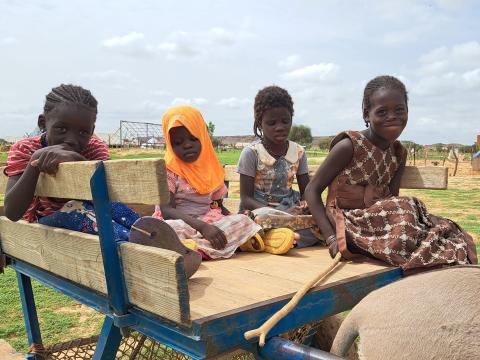
An Impactful Approach
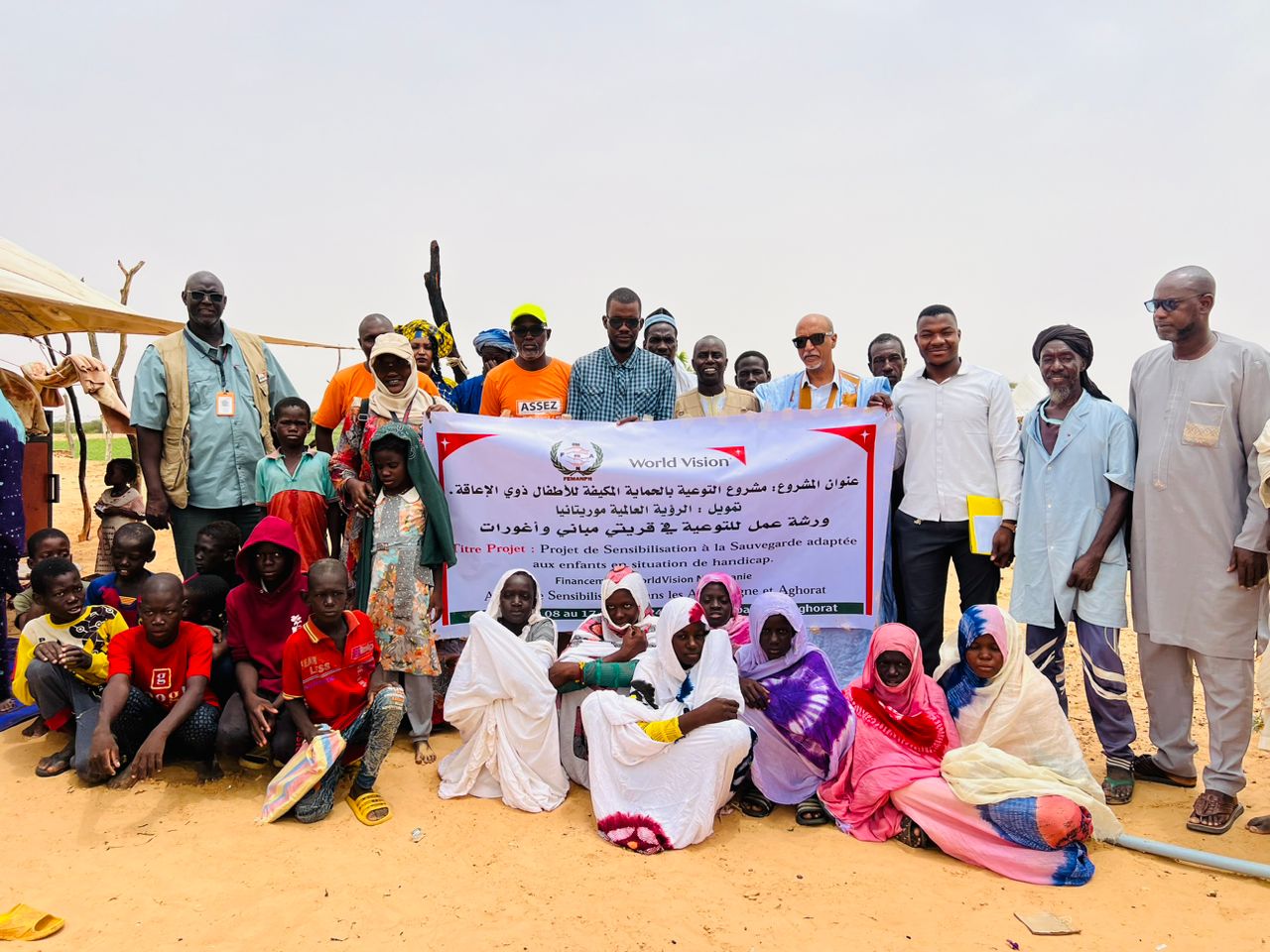
In partnership with the National Federation of People Living with Disabilities, the Aghorat programme organised a series of activities in August aimed at fully integrating the needs of people living with disabilities (PLWD) into World Vision's interventions. This project gave them a voice and a space within the community.
Committed localities
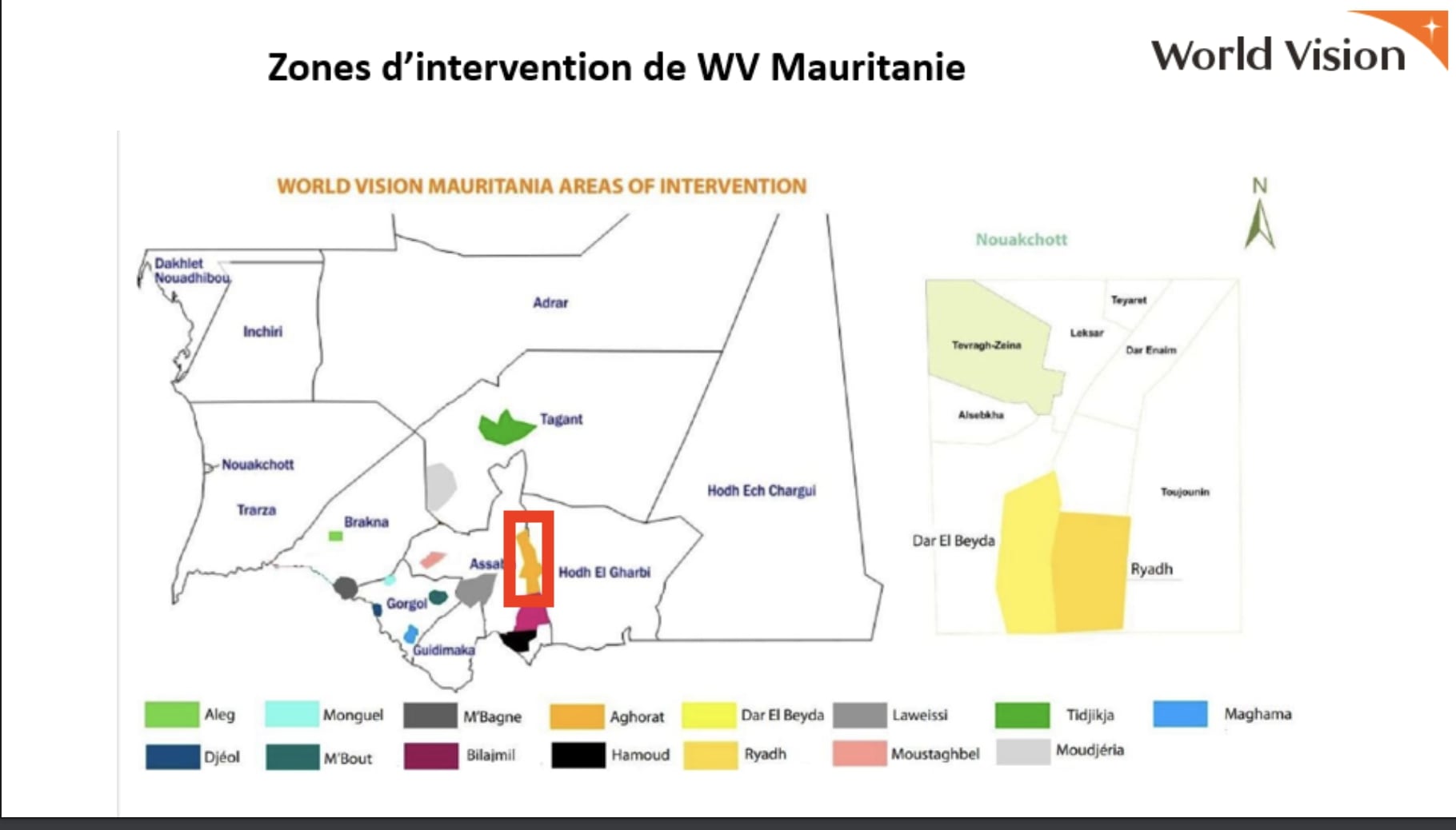
In the villages involved - Rachid, Bougadoum, Bougara, Freikika, Moutarma, Gvava and Magtasfera - a new dynamic of solidarity emerged. Around 120 children and two groups of adults took part in this adventure, sharing, learning and growing together.
Educational activities
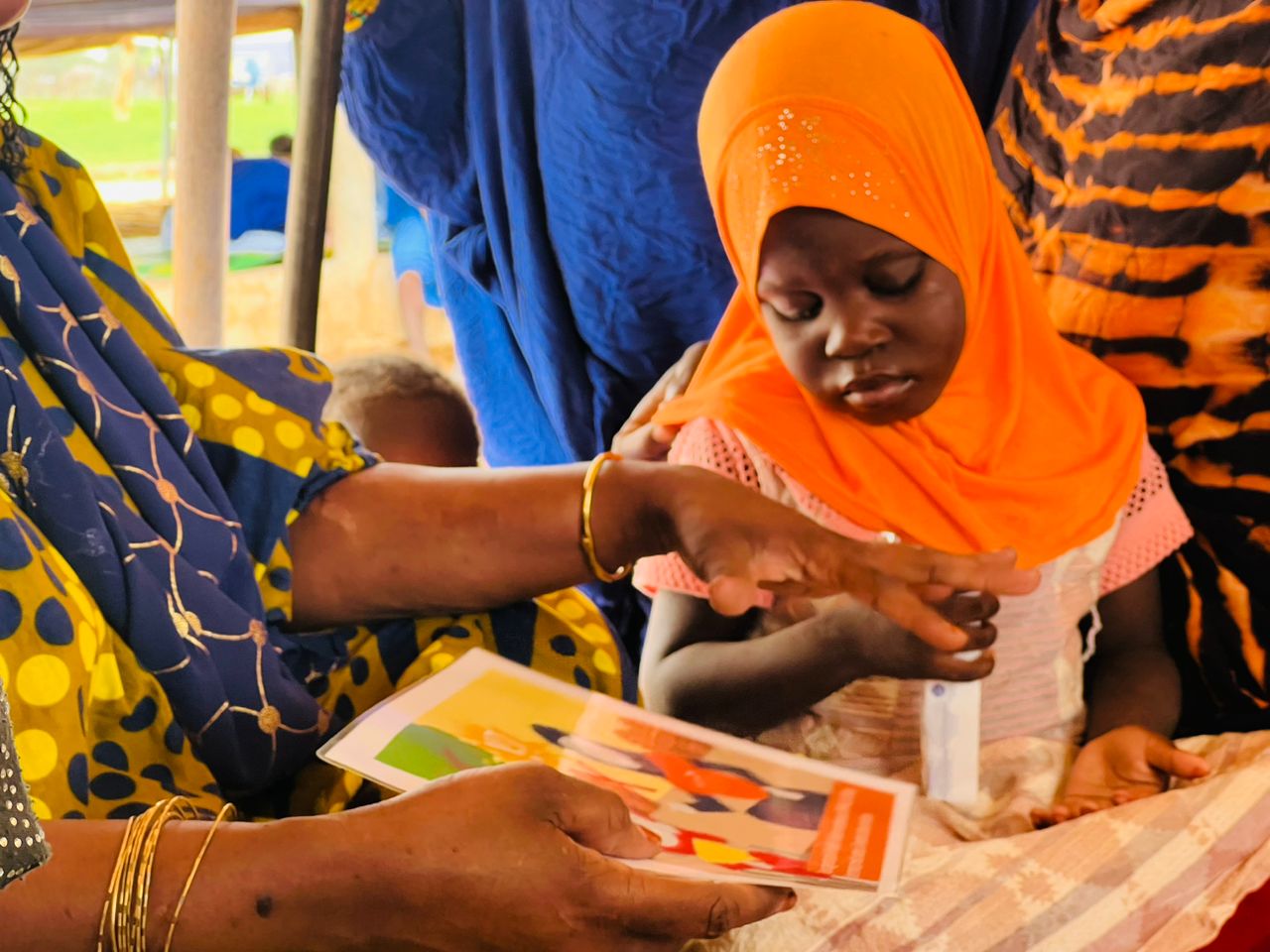
Throughout the week, workshops, games and discussions explored disability issues in a fun and interactive way. Each activity was designed to strengthen relationships, break down stereotypes and promote a better understanding of the realities of living with a disability.
A lasting impact
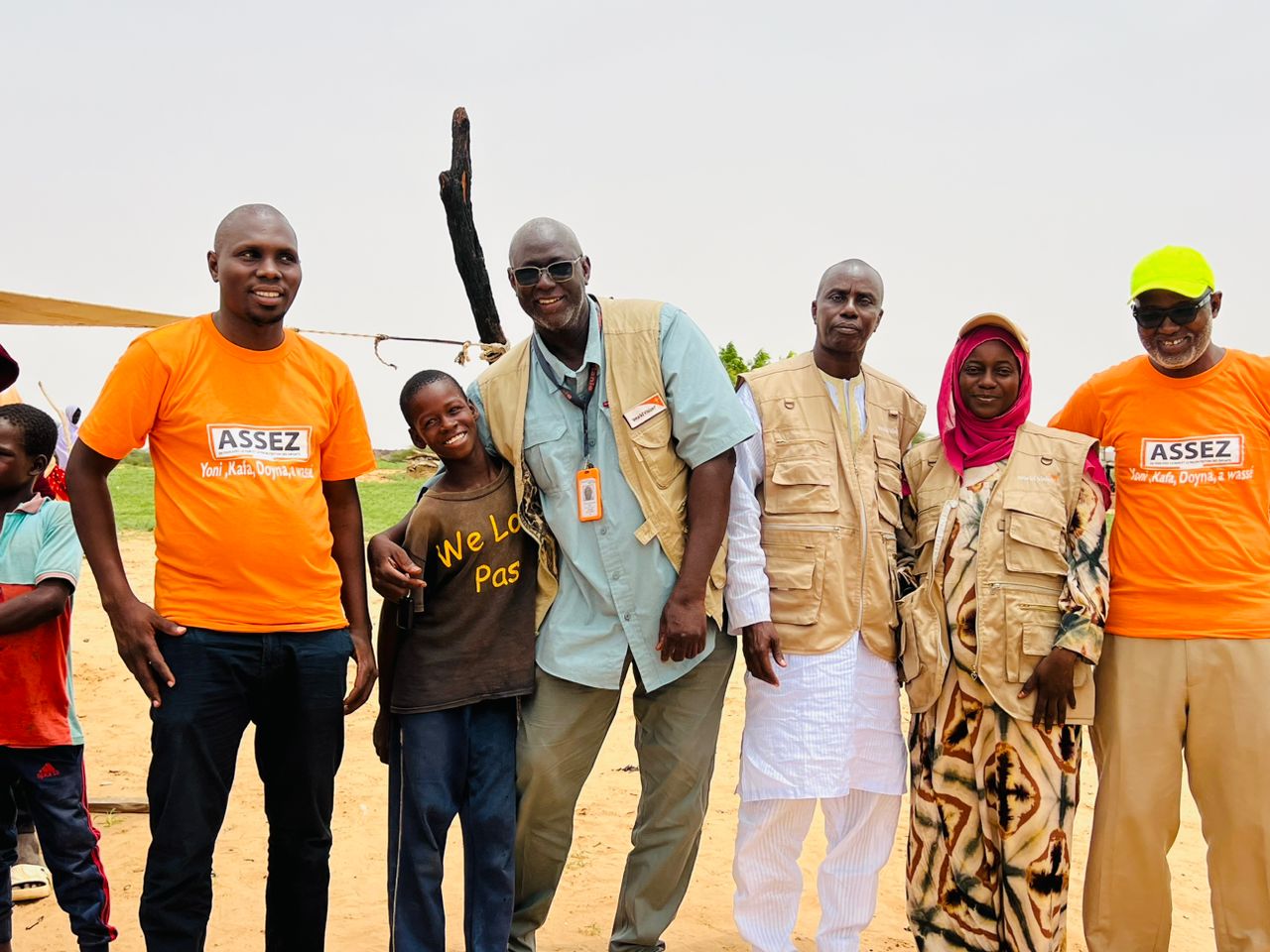
This project has laid the foundations for an inclusive future. Through awareness raising and education, we have created momentum towards a society where everyone, regardless of ability, has a place and can contribute. Together, we have taken a giant step towards true inclusion.
Inclusion in View: new data as a catalyst
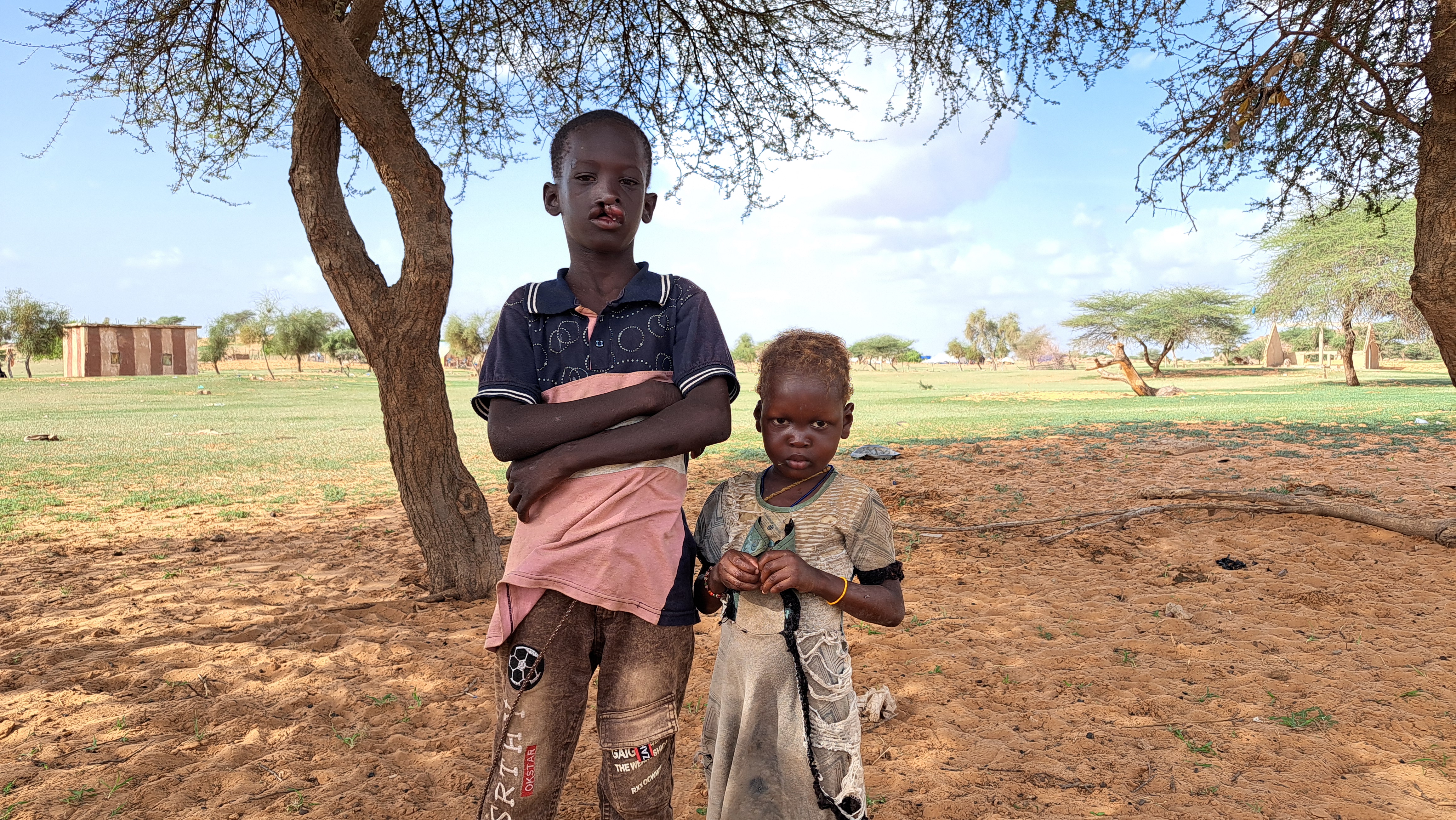
A recent census of children with disabilities carried out by World Vision Mauritania in June 2024 revealed that 2,047 children within our 13 zones of operation are living with a disability. This significant figure represents a major step forward in better understanding and addressing the needs of this population. In fact, only 216 of them, or 10.5%, are enrolled in our sponsorship programmes, paving the way for targeted actions to improve their inclusion.
The data also shows that multiple disabilities are the most common, followed by mobility and visibility issues. These results provide us with a solid basis for adapting our strategies to better meet the needs of children with disabilities and ensure their full inclusion in our programmes.